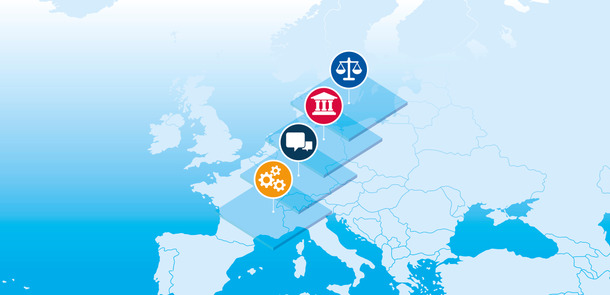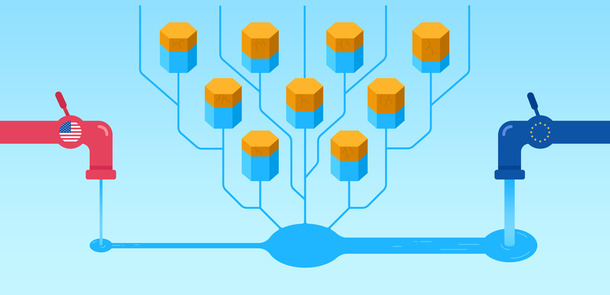A large majority of non-voters (59 percent) do not rule out participation in elections per se and can still be approached and mobilized. But, for that, there needs to be a concerted effort and strategy on the part of all democratic forces. By addressing the core issues of who votes, how we vote and according to which rules we vote, we outline proposals that could help get voter turnout back up.
Voter turnout in Germany is decreasing and no longer socially representative. This harms our democracy. There is not any simple, fail-safe solution for combatting sinking voter turnout. Our 8-point plan for raising voter turnout focuses on incentives and instruments for mobilizing non-voters, a more modern organization of elections, and a more transparent election law.
1. Lower the Voting Age to 16
2. Mobilize Non-Voters
3. Reform Party Financing
4. Modernize Poll Voting
5. Use the Opportunities of I-Voting
6. Make Postal Voting Easier
7. Combine Election Dates
8. Simplify the Election Law
Our study "Voting from 16 – Thoughts on How to Boost Voter Participation" (in German only; English summary pp. 90-91) shows that lowering the voting age in Germany to 16 can boost voter participation – and keep it there. The first vote plays a key role in determining an individual’s (voting) life cycle. It influences the likelihood of whether eligible voters will participate in elections for the rest of their lives. First-time voters who are 16 or 17 years olds are still firmly anchored in their family and school structures, where they can still be motivated and reached using educational measures. Their likelihood of first-time voting is significantly higher than that of people between the ages of 19 and 21. Thus, lowering the voting age will also raise overall voter turnout on a long-term and sustainable basis. However, this is not simply about flipping a switch. As has been shown in Austria and three federal states of Germany (Hamburg, Brandenburg and Bremen), lowering the voting age to 16 can only be a success if it is accompanied by measures that specifically target first-time voters.
A more modern organization of elections can also contribute to boosting voter turnout. For this reason, EINWURF 3/2016 calls for making it easier to vote by mail. More and more citizens are casting their votes by mail even though there continues to be one hurdle to surmount. To vote by mail – the only flexible way to cast one’s ballot – citizens still have to apply to do so before each election. If "application-free postal voting" were introduced, it would do away with the hurdle and open up two options: For state and federal parliamentary elections, postal voting documents could be automatically sent to all eligible voters. In Switzerland, this led voter turnout to climb by more than four percentage points. On the municipal level, it might even make sense to conduct elections (almost) exclusively via postal voting. Doing this led voter turnout to climb by almost 10 percentage points in the United States. If we exploit the potentials of postal voting and adapt them to the requirements of an increasingly mobile and flexible society, it will be an important step toward modernizing the vote.
![[Translate to English:] Wahlurne mit Menschen](/fileadmin/files/mam_imported/2016-12/750796411shutterstock_410709952_300dpi.jpg)




